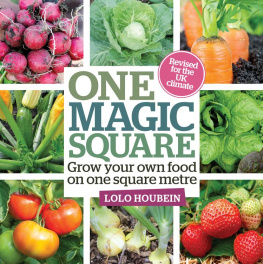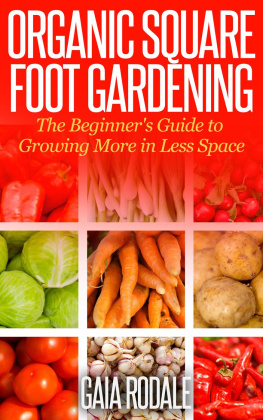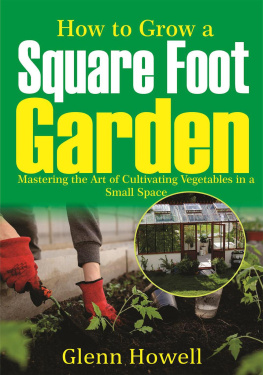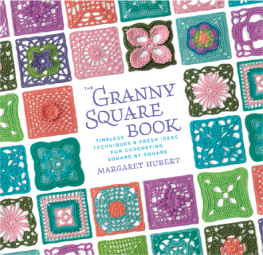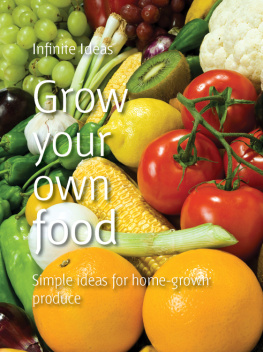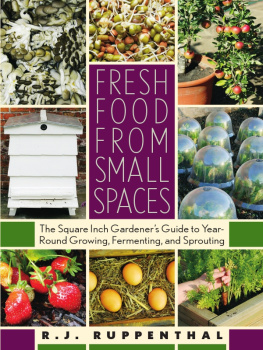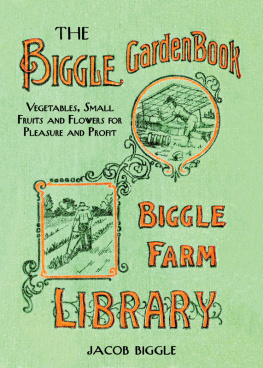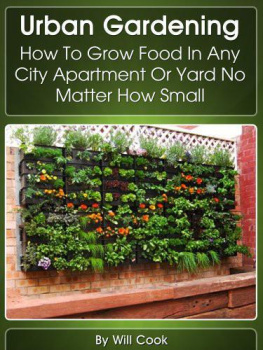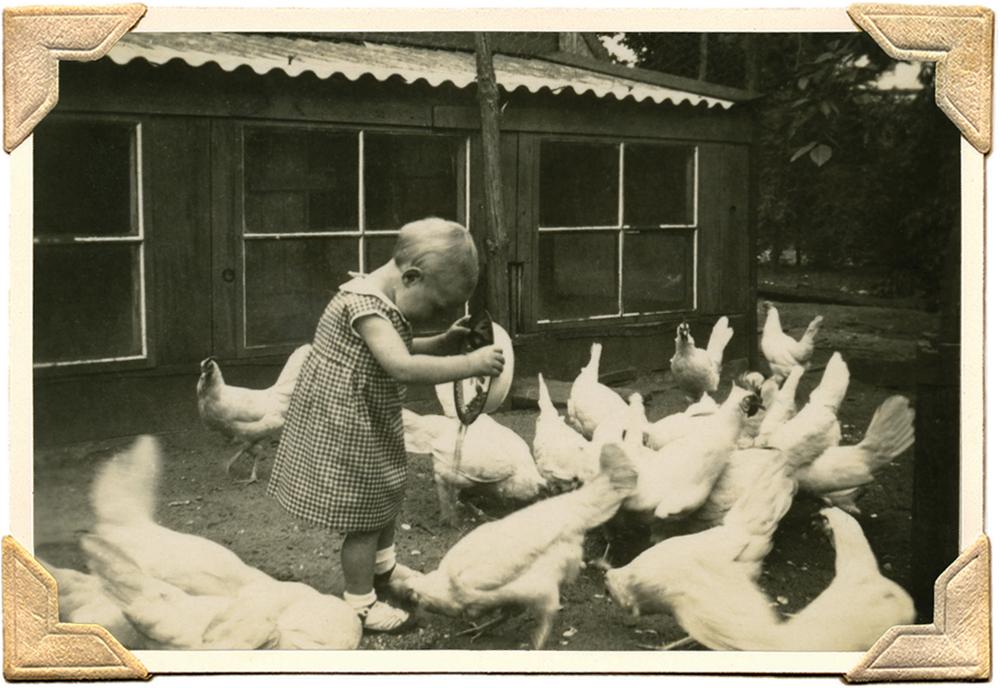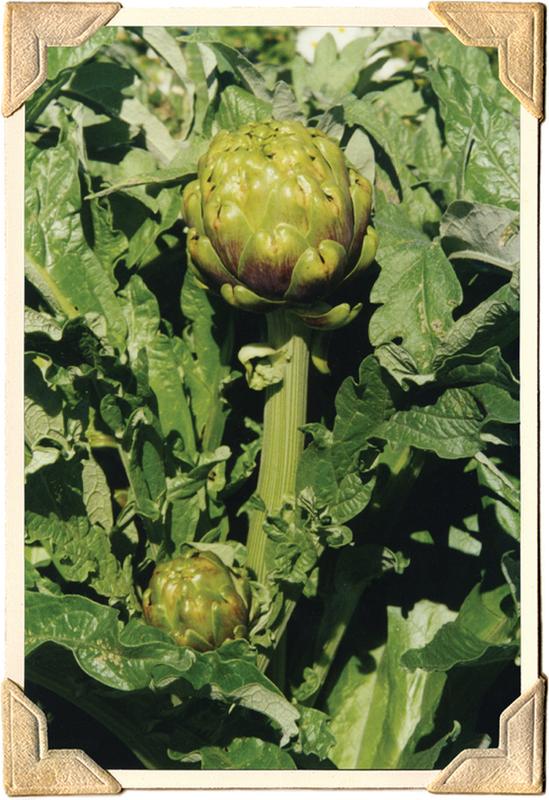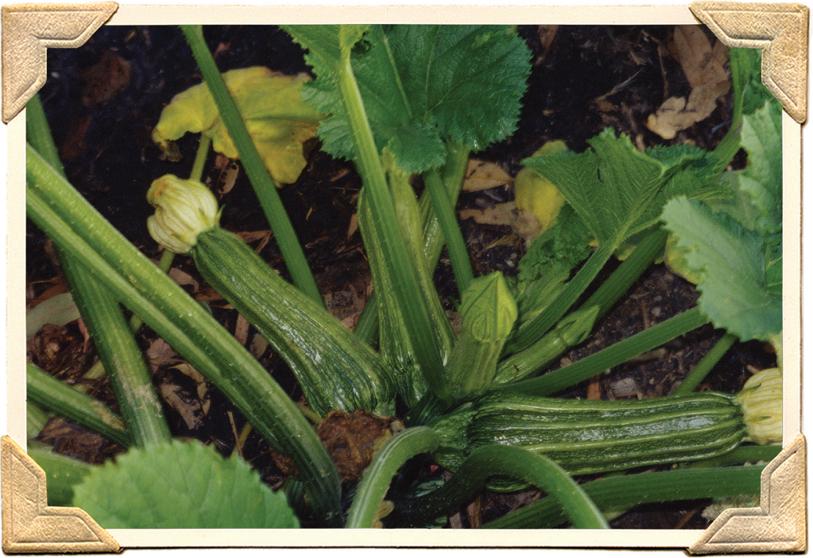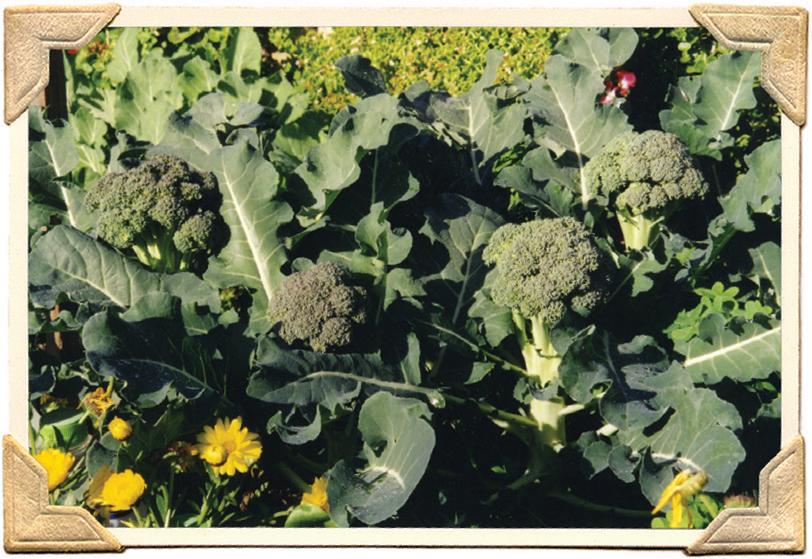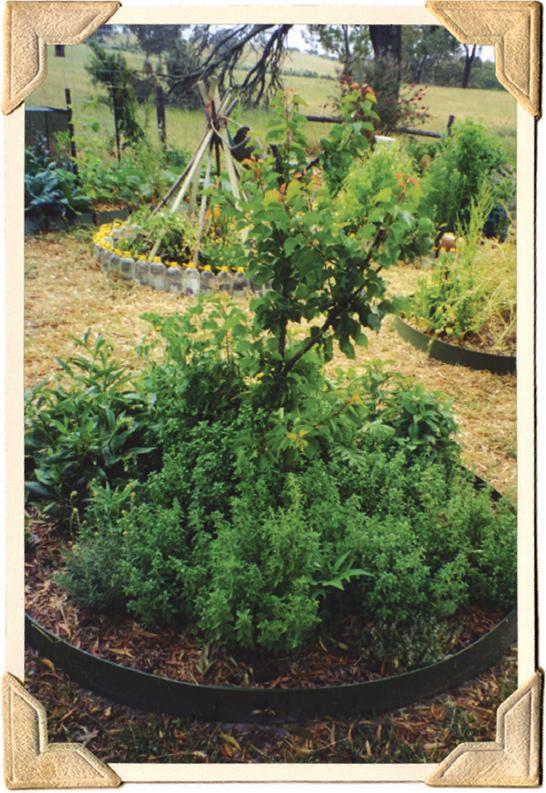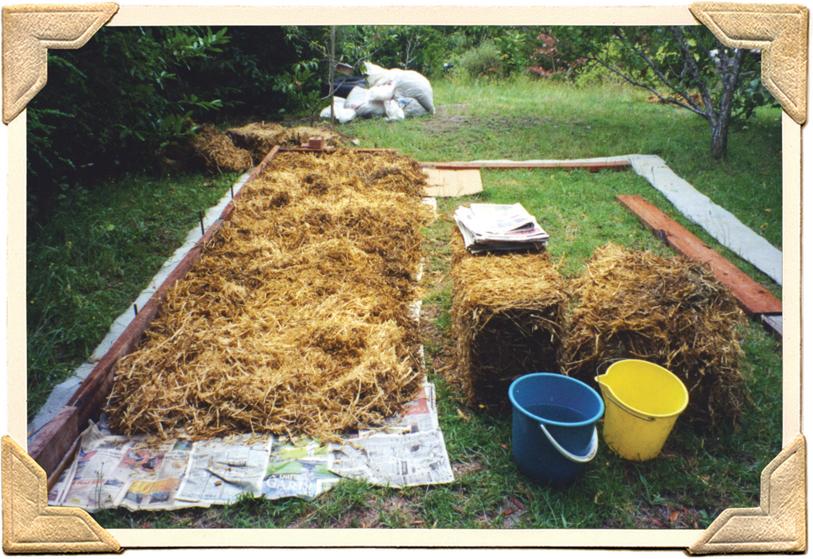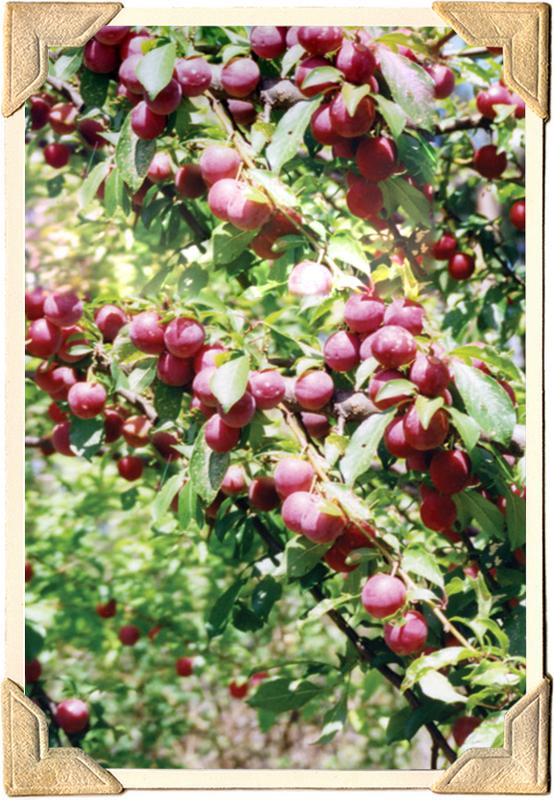For quick reference write these on sturdy paper and fold into a bookmark.
To start growing your own food without delay, put down this book, go out in the garden and select a spot in the sun. Dig over one square metre with a garden fork and remove all the weeds by hand. If digging up lawn, cut out the sods with a spade, roots and all, and stack them upside down under a tree as mulch.
Come inside again and thoroughly wash your hands and clean your nails, as you must always do after working with soil. Pick up this book and in select what you want to grow in your first Salad Plot. Make a list and go out to buy seedlings or seeds for your chosen vegetables and one small bag of blood and bone (B&B), since you dont yet have compost and composted manure. If you dug a square hole in the lawn, you may need to fill it with a bag of potting soil and plan to put in deep edgings to keep the grass roots out. There must be something you can recycle!
Return home to read descriptions of the vegetables you have bought in the in Part Four. Put a bookmark at every vegetable you would like to grow. Its easy to grow your own spuds. No more lugging home 10 kg bags lug manure instead. Love corn on the cob? Theyre easy too. So are artichokes, asparagus and rhubarb.
Go outside again and rake a few handfuls of B&B through the square, loosening the soil to a depth of 15 cm. Water it in. Now plant your seeds and seedlings according to your chosen Salad Plot plan. Water again. Go indoors to scrub your hands and nails as a surgeon would.
You are now a food gardener!
This book presents plot designs graded from the easiest and most robust to the complex and tender, starting with four plans for salads and leading you in easy stages to the degree of food self-sufficiency you decide on. The sequence presented takes care of crop rotation to keep the soil healthy. However, you can grow plots in a different sequence by feeding plants regularly.
Having done the hard work, sit back and read this chapter and any two chapters in in Part Three. Make notes on the back of an envelope. Dont make it more complex than need be! If you never go beyond the Salad Plots, but maintain your square through the seasons by practising crop rotation with peas or broadbeans in winter, you could double your good health and wellbeing.
Each plot has suggestions for follow-up crops to avoid plant diseases, building up from growing the same vegetables season after season. Follow the plots list to become familiar with growing a variety of vegetables over several seasons on just one square metre. If you grow all plots in succession, as presented in . And if some vegetables fail to produce, there are many things to blame: climate change, freak weather, a scorcher, snap-freezes, dud seeds or the neighbours cat. Its not your fault. Flops happen to the experts. They just dont publicise them!
When the season and the spirit is upon you check out other plot plans in , and roam through the lists of common vegetables, herbs and easy-care fruit trees in Part Four.
Use this book as a guide to grow salad vegetables all year round, or two squares of salad greens with pasta and pizza tomatoes, peppers and aubergines. Or, start that way and season by season extend the squares until you provide most vegetables for your table. Or, stay with one or two squares to grow gourmet vegetables. Learn how to grow and prepare them unconventionally while extending their productivity.
Reading all of on a rainy weekend will clarify your hopes and desires. Maybe you settle for gourmet vegetables, or expensive delectables such as artichokes, asparagus, baby squash, garlic or salad onions. Easy and rewarding.
Some plots are sown like a jungle with mixed seeds, such as the Horta Plot for lovers of wild herbs and vegetables. Horta can be sown any season. You could make it your first plot as it grows fast, provides variety, and can be resown on one quarter each season thereafter.
Of course you cant be self-sufficient in cabbages on one square metre; the big drumheads feel crowded at four to a square. But you can be self-sufficient in one vegetable or another on one square. Plant compact Hispi cabbages four to a quarter, with another four on a quarter not adjoining. Thats eight cabbages for coleslaw, with two quarters for lettuce, carrots, radish and a tomato. Check out mini cauliflowers.
Such density does not suit rambling pumpkin vines, but drape two cucumber plants over an old chair, trellis or wire tower on a quarter. Go vertical with peas, beans and mini pumpkins draped over the edge. With trellises on two sides you are in clover, but in summer dont place them against hot fences or walls. But in winter a plot dug close to a fence or wall benefits from reflected warmth.

